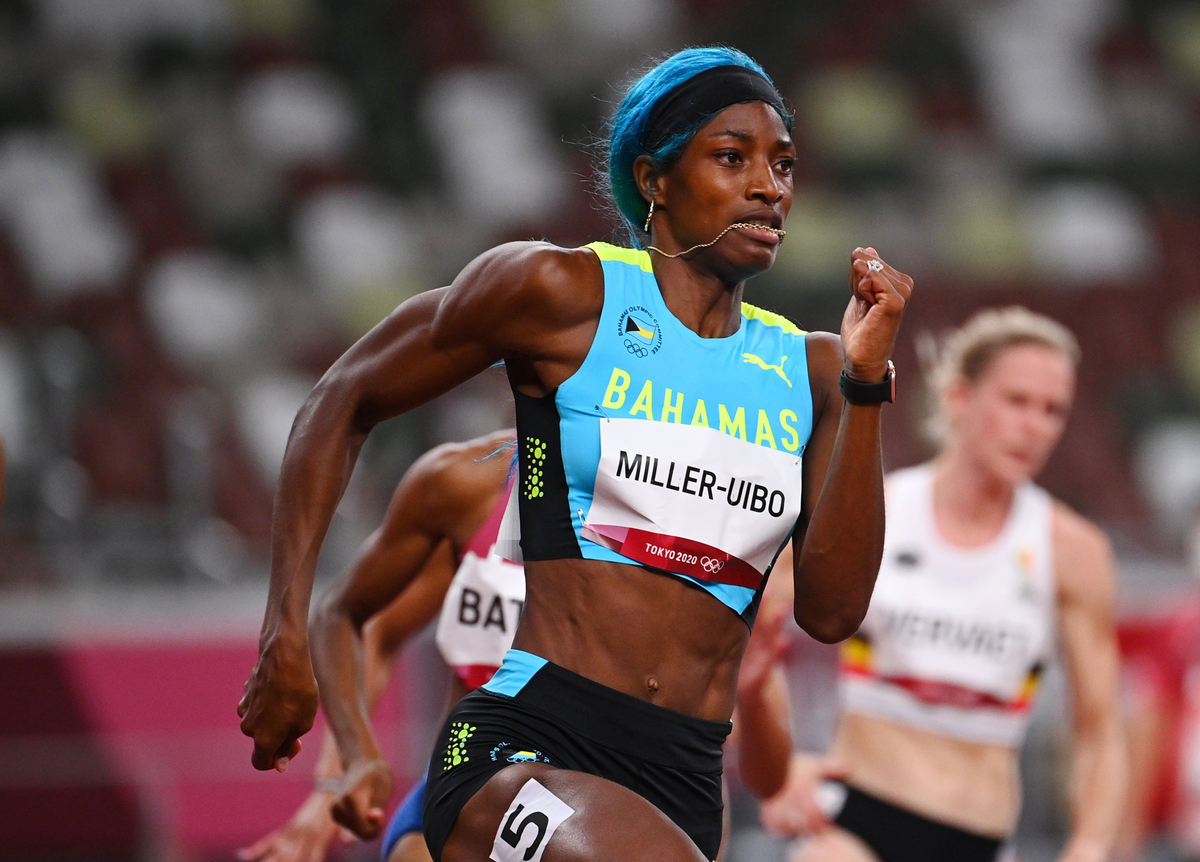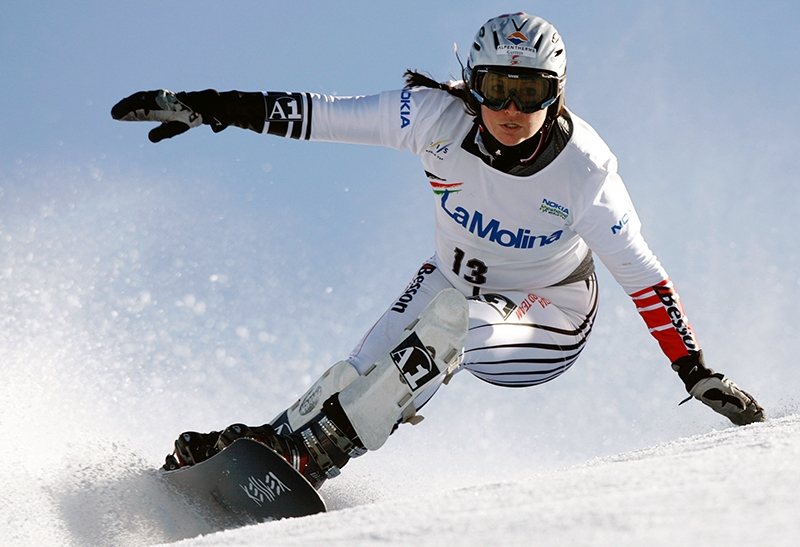High-intensity training: are sprint intervals overhyped?

Whatever your endurance sport, it’s a fact that grinding out steady state, one-pace workouts will only really produce performance gains in the earlier stages of training. Once you reach the performance plateau that one-paced training inevitably brings, you need to challenge the muscles and the aerobic energy systems in your body in order to produce further gains in aerobic capacity and power.
Probably the most popular way of providing this challenge is with the use of interval training, where training sessions consist of a number of high-intensity efforts of a predetermined duration interspersed with short periods of rest. First described by German researchers Reindell and Roskamm, interval training was popularized in the 1950s by the Olympic champion, Emil Zatopek. More importantly, there’s excellent empirical evidence that a wide variety of interval training protocols (ie varying interval durations and intensities) are effective for enhancing the efficiency of both the aerobic and anaerobic energy producing systems in the muscles(1), and this helps to explain why intervals are now used so widely.
How are interval durations determined?
Until the late 1990s, most endurance athletes performing intervals relied on interval durations that reflected the demands of their event. Since endurance efforts lasting more than around two minutes – ie most endurance events - rely very heavily on the aerobic energy producing system(2), and efforts of up to 10 minutes require over 90% of energy demands to be met from the aerobic energy system(3), this meant that interval sessions were typically modeled around intervals lasting from 2-10 minutes.
Accordingly, aerobic high-intensity interval training (abbreviated HIIT) using intervals of 3-5 minutes became a popular and well-documented method for athletes and fitness enthusiasts seeking to improve aerobic fitness and endurance performance(4). The rationale for this approach is that a high overload of the oxygen transportation system and of the muscles utilizing the delivered oxygen can only be achieved after a couple of minutes or so because of sluggish ‘oxygen kinetics’ (ie the delay between starting a high-intensity effort and the cardiovascular system and muscles ‘catching up’)(5). However, too long an interval, and the accumulated fatigue means that repeated interval efforts are not possible, which sets an upper limit to the length of each interval to around 8-12 minutes(6). This explains the recommendations that intervals should be between these limits, and towards the lower end (eg 4-minute intervals) if repeated several times.
The rise and rise of sprint intervals
The principle of matching the interval length and intensity to the energy demands of an event makes sense, not least because it’s based on sound scientific principles. What’s interesting however is that a large body of recent research suggests that athletes can also benefit from interval sessions that don’t appear to fit these principles. Even more intriguingly, there’s good evidence that endurance athletes whose events rely primarily on aerobic energy production can actually benefit greatly from short, intense interval repeats of under a minute, sometimes referred to as ‘sprint intervals’.
The birth of high-intensity sprint-type intervals as a productive mode of training for endurance athletes stems from earlier research by a Japanese professor called Izumi Tabata of the National Institute of Fitness and Sports in Kanoya, Japan. In a revolutionary study published in 1997, Tabata designed a scientific study for a protocol that was already being used by Japanese speed skaters(7).
Tabata’s study compared two groups of athletes over a 6-week period. In the study, the first group of athletes engaged in one hour of steady-state, moderate-intensity (70% of maximum oxygen uptake - VO2 max) endurance training on a stationary bicycle for five days each week. The second group meanwhile followed a protocol similar to the one already being used by Japanese speed skaters. This second group also did their work on a stationary bicycle but with a very different structure: after a 10-minute warm up, they engaged in a 4-minute period of eight intervals with a 2:1 ratio between work and rest (ie 8 sets of 20 seconds of work followed by 10 seconds of rest).
During the work phase, intensity was kept very high at 170% of VO2 max - in other words, at an intensity well in excess of what the athletes could have sustained over a longer period - with pedalling speeds at 90 rpm.
When the researchers analysed the results, the first finding was that (perhaps unsurprisingly), the Tabata method of training resulted in improvements to the athletes’ anaerobic capacity whereas the steady-state trained athletes made no such gains. Given that the Tabata-trained athletes worked for short periods of time at levels that greatly exceeded their aerobic capacity – ie trained anaerobically - this makes perfect sense.
However, the Tabata-trained athletes also made substantial gains in maximum oxygen uptake (VO2 max), particularly during the first half of the experiment. This indicated that the very short, high-intensity protocol had actually been able to boost aerobic endurance as well as anaerobic performance, equalling the gains achieved by the steady state group.
The key finding from this study was that sprint-type interval sessions can produce good gains in aerobic fitness even though the training itself is not what we would think of as aerobic type training. Another (and very important) benefit of this mode of training was that compared to the steady state group, less time was required to produce equivalent aerobic gains in the sprint-interval group.
Tabata concluded that his protocol worked because it was able to stress both the aerobic and anaerobic energy releasing systems maximally. Subsequent research has confirmed that in sprint type intervals, although the aerobic intensity and oxygen demand of each interval is not particularly high (due to the slow oxygen uptake kinetics), by keeping the recovery intervals in between each interval effort short, the overall aerobic intensity through the session can be raised because there’s insufficient time to repay the oxygen debt. This in turn means the body has to respond by getting better at delivering and using oxygen (exactly what happens during steady state training), which is why high-intensity sprint-intervals can be an effective tool for developing aerobic fitness(8).
You need to be logged in to continue reading.
Please register for limited access or take a 30-day risk-free trial of Sports Performance Bulletin to experience the full benefits of a subscription. TAKE A RISK-FREE TRIAL
TAKE A RISK-FREE TRIAL
Newsletter Sign Up
Testimonials
Dr. Alexandra Fandetti-Robin, Back & Body Chiropractic
Elspeth Cowell MSCh DpodM SRCh HCPC reg
William Hunter, Nuffield Health
Newsletter Sign Up
Coaches Testimonials
Dr. Alexandra Fandetti-Robin, Back & Body Chiropractic
Elspeth Cowell MSCh DpodM SRCh HCPC reg
William Hunter, Nuffield Health
Keep up with latest sports science research and apply it to maximize performance
Today you have the chance to join a group of athletes, and sports coaches/trainers who all have something special in common...
They use the latest research to improve performance for themselves and their clients - both athletes and sports teams - with help from global specialists in the fields of sports science, sports medicine and sports psychology.
They do this by reading Sports Performance Bulletin, an easy-to-digest but serious-minded journal dedicated to high performance sports. SPB offers a wealth of information and insight into the latest research, in an easily-accessible and understood format, along with a wealth of practical recommendations.
*includes 3 coaching manuals
Get Inspired
All the latest techniques and approaches
Sports Performance Bulletin helps dedicated endurance athletes improve their performance. Sense-checking the latest sports science research, and sourcing evidence and case studies to support findings, Sports Performance Bulletin turns proven insights into easily digestible practical advice. Supporting athletes, coaches and professionals who wish to ensure their guidance and programmes are kept right up to date and based on credible science.








